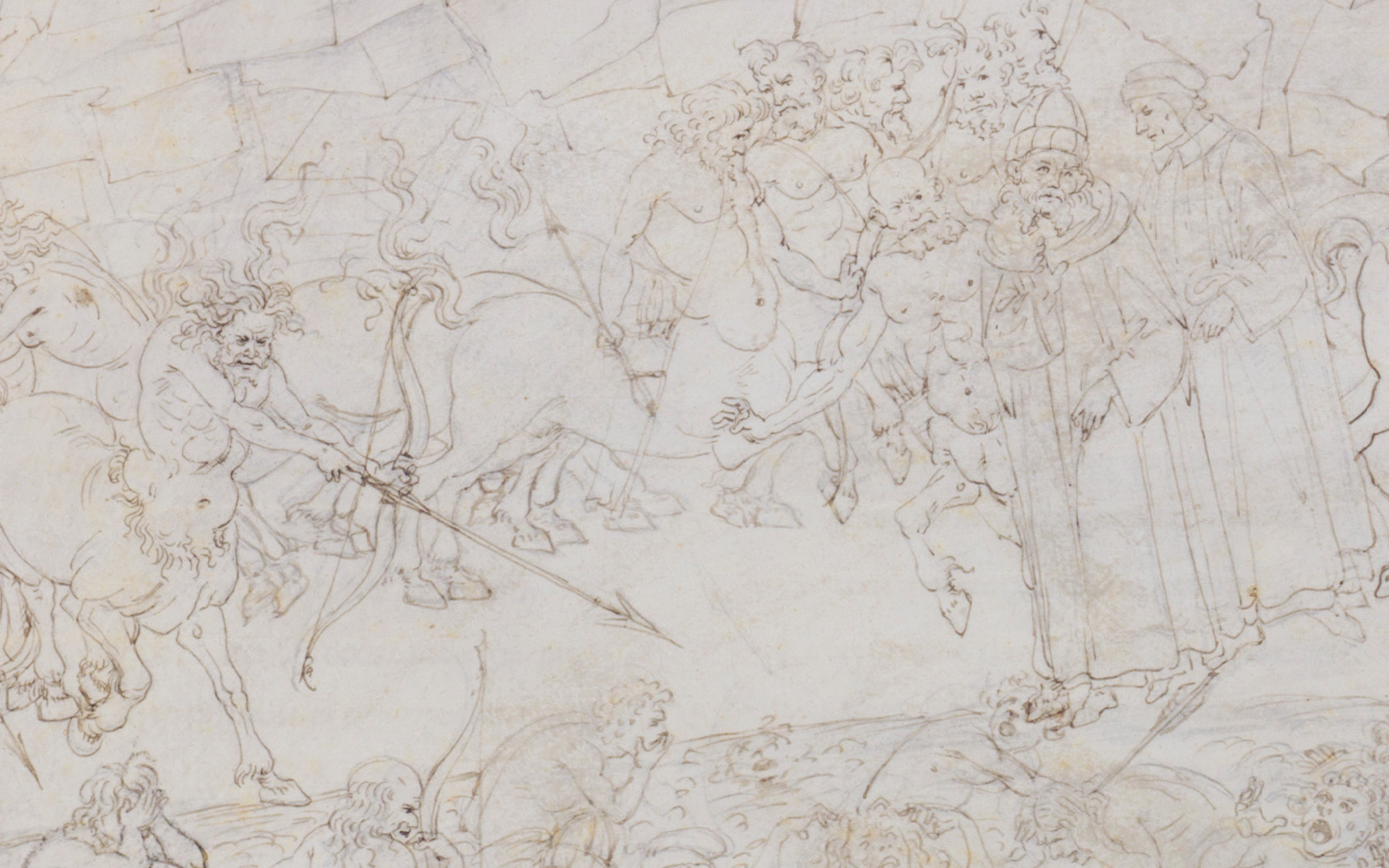
Event Slider
Date
- Closed on Tuesday
Location
Calouste Gulbenkian MuseumThe Calouste Gulbenkian Foundation is joining the commemorations marking 700 years since the death of Dante Alighieri (1265-1321) by showing two precious drawings by Sandro Botticelli alluding to two cantos of The Divine Comedy (Inferno XII and XIII), thanks to a generous loan from the Vatican Apostolic Library.
The exhibition also includes a series of other works from various collections, which reveal the vitality and topicality of the message of The Divine Comedy, as well as the power of Dante’s world: rare editions, manuscripts and prints of Dante’s poem and works by Auguste Rodin, René Lalique and Rui Chafes.
The exhibition can thus be seen as a journey that offers an encounter with Dante’s text, with the commentaries, interpretations and reflections it has stimulated, and with the extraordinary contributions of artists from the late medieval period to the present day.
Curators: João Carvalho Dias and Maria Helena Borges
Scientific advisors: João R. Figueiredo and Teresa Bartolomei
Exhibition organised by the Calouste Gulbenkian Museum in collaboration with the Gulbenkian Culture Programme.
VIEW OF THE EXHIBITION
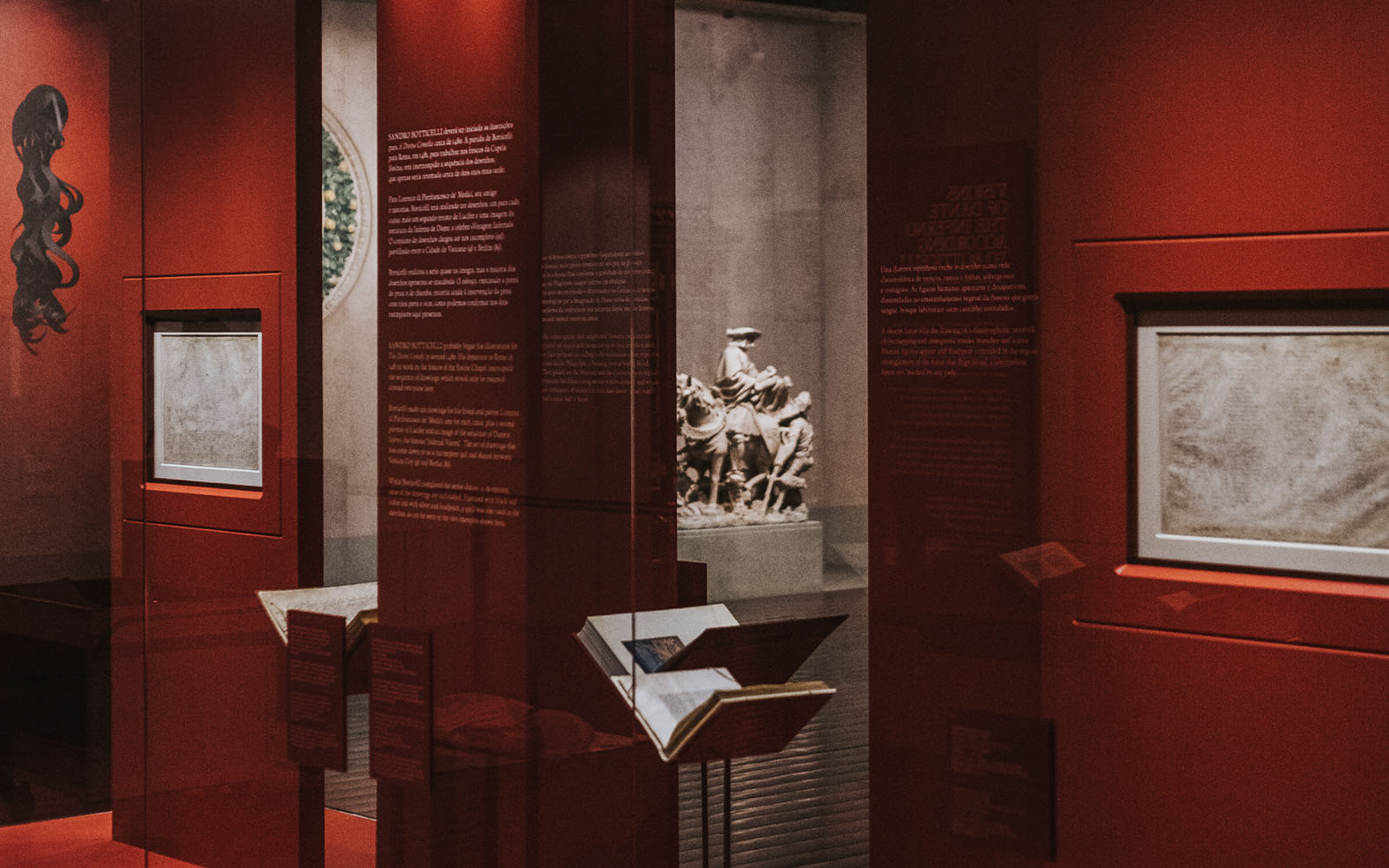
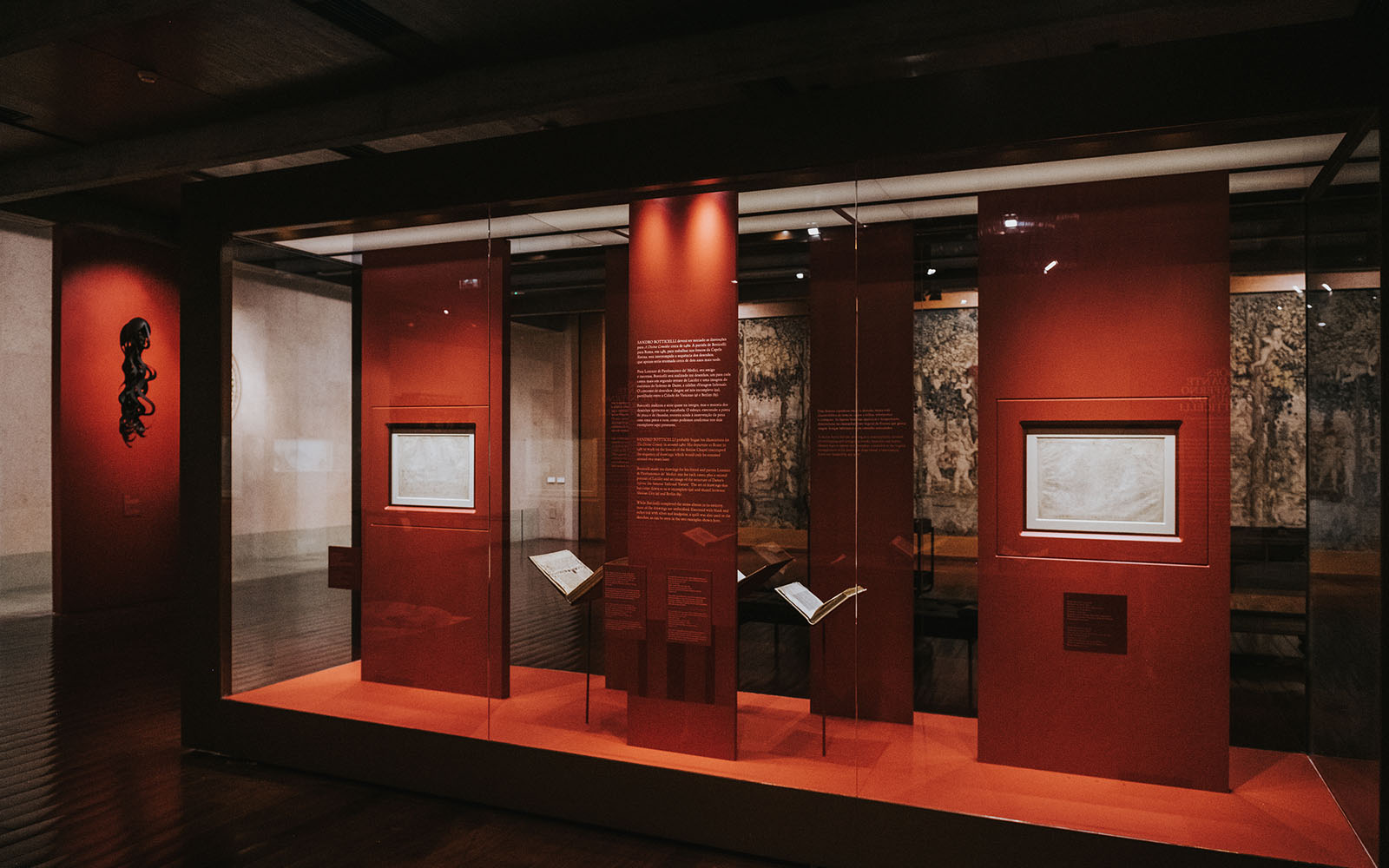
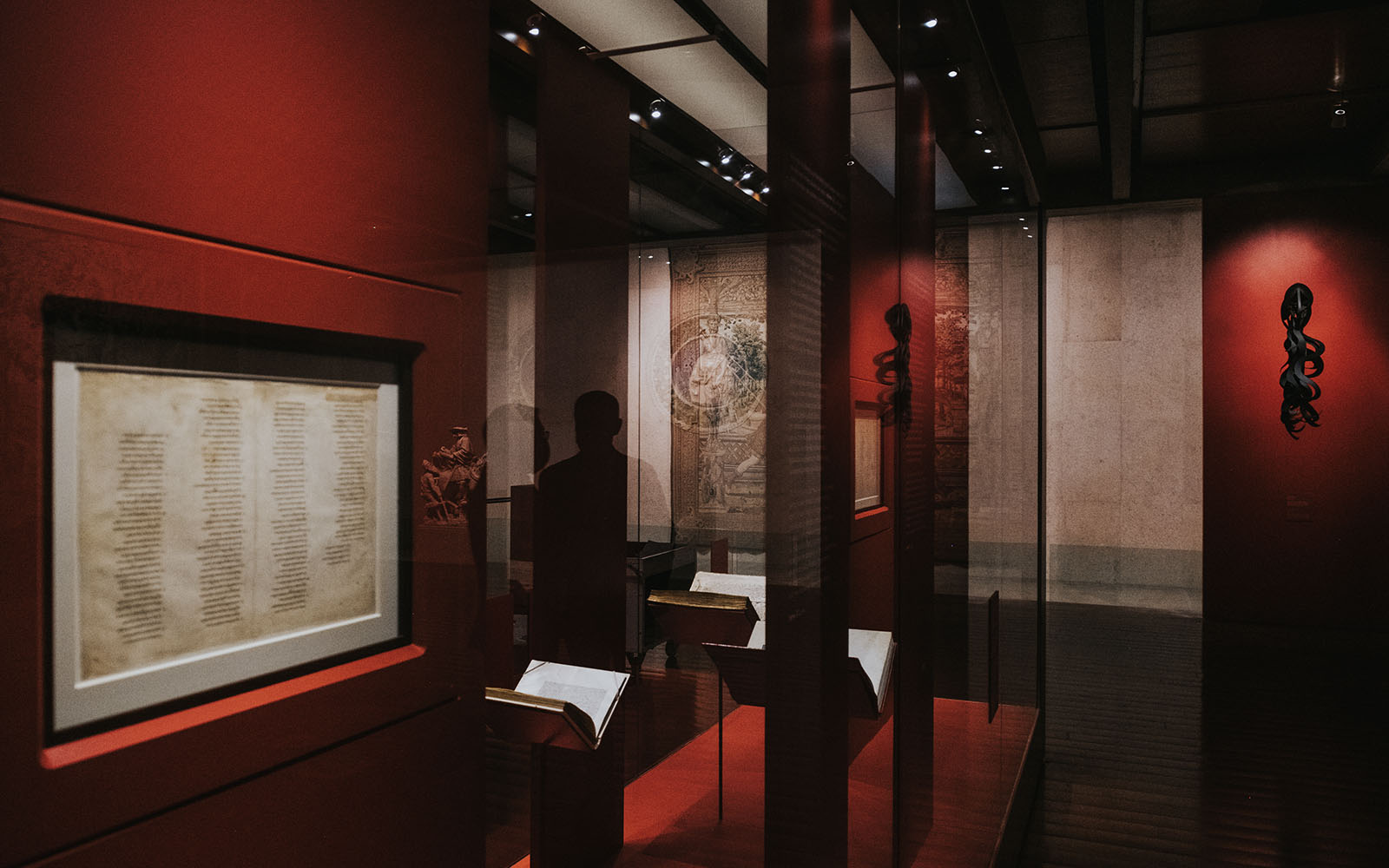
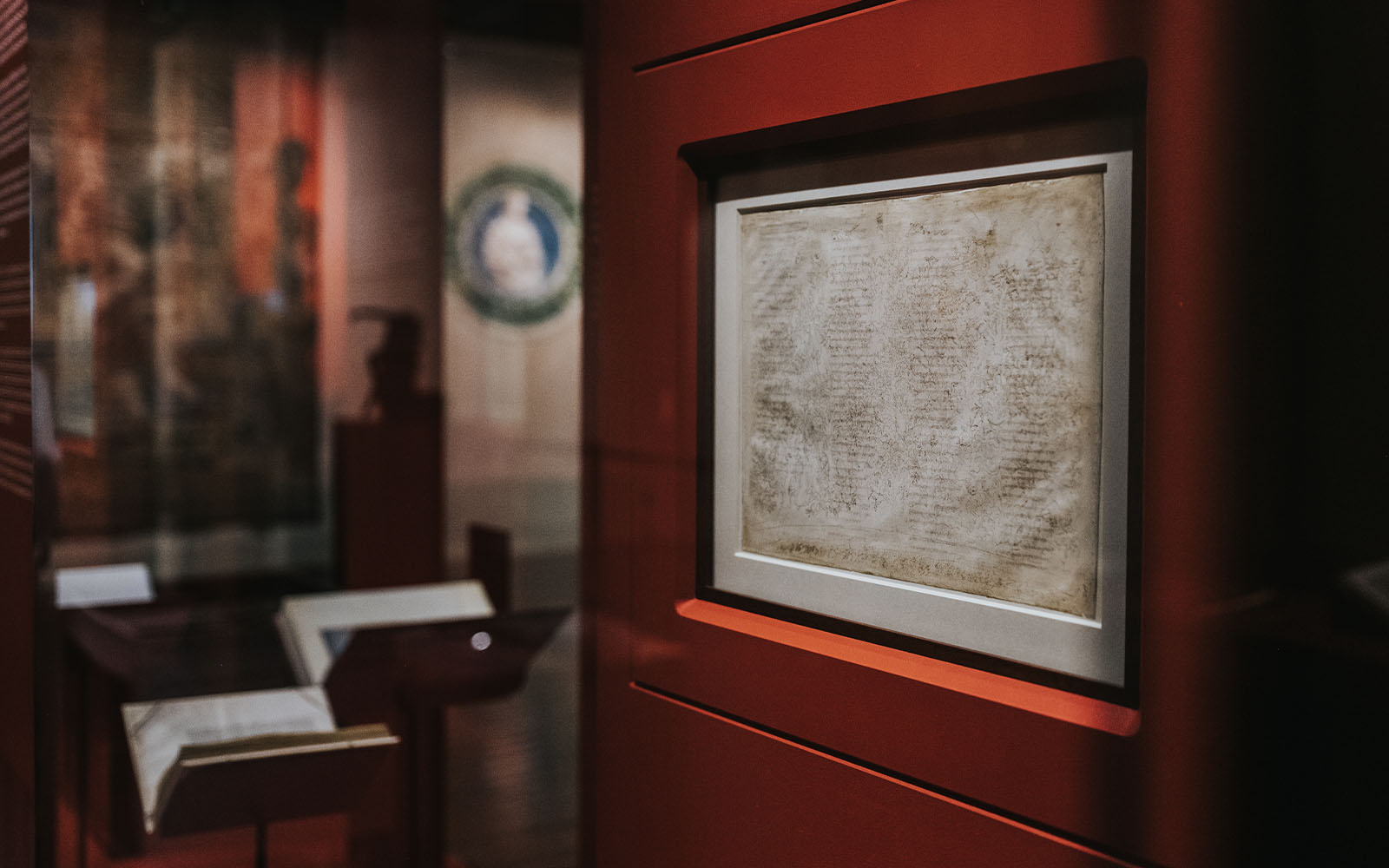
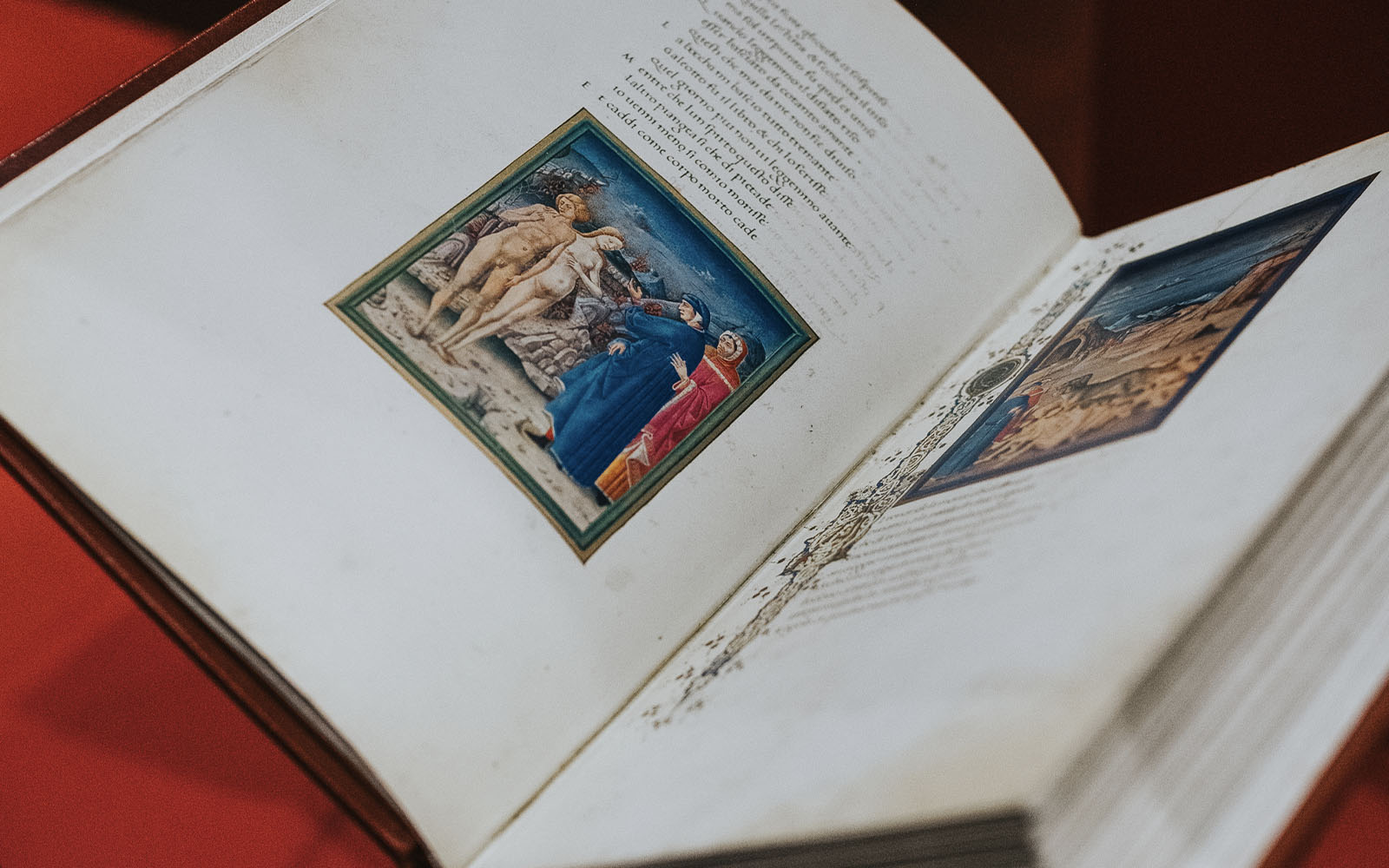
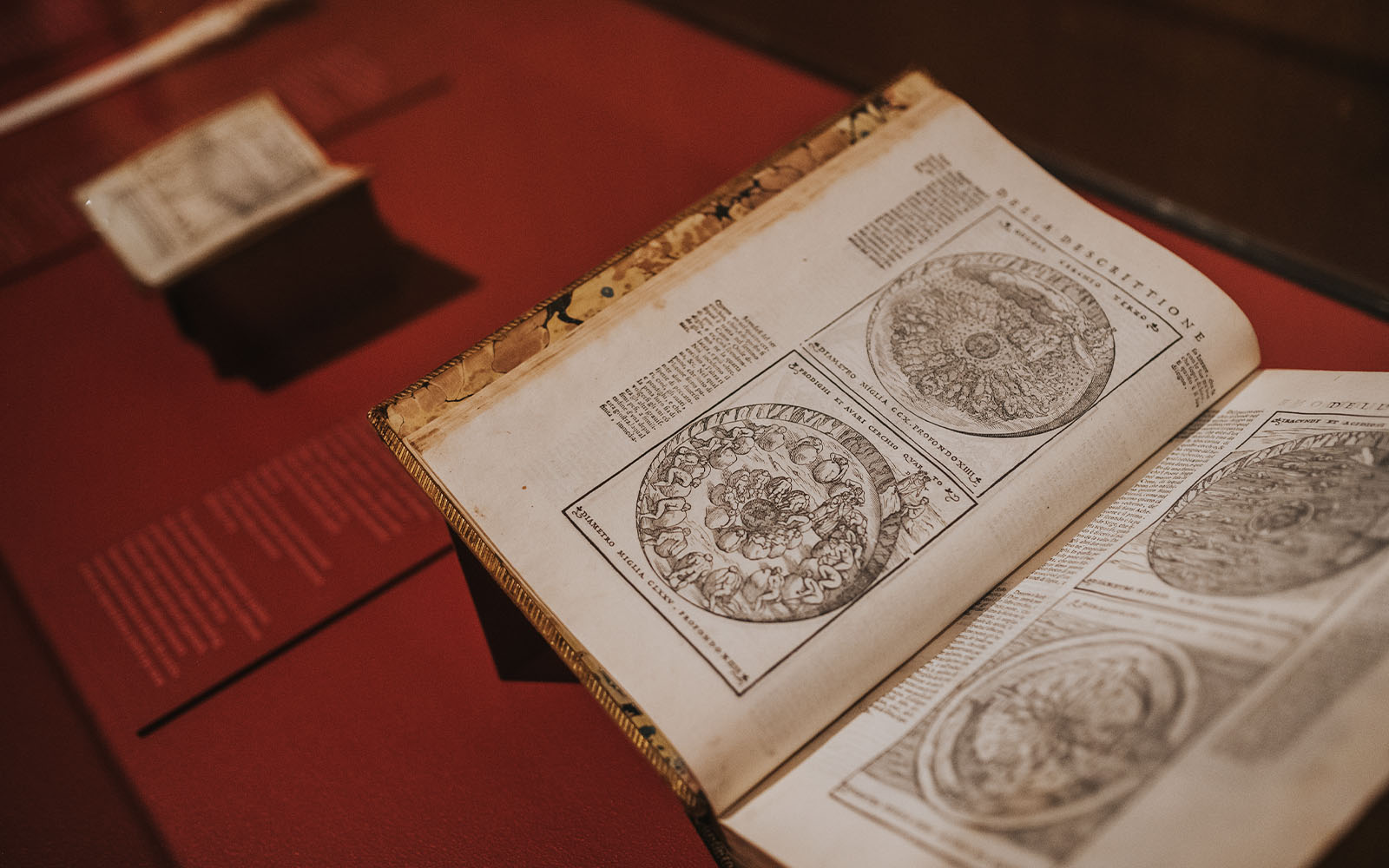
VIDEOS
Discover Botticelli’s drawings in detail, accompanied by narrated excerpts from ‘Inferno’ XII and XIII of Dante’s ‘Divine Comedy’.
Explore Boticelli’s drawings with the exhibition’s curator.
Topics


Manuscript books

Printed books

Auguste Rodin and René Lalique

Rui Chafes
-
Botticelli
The two drawings on display belong to a series of illustrations of The Divine Comedy made by Sandro Botticelli and are likely to have been completed between 1494 and 1495/6.
The drawings were commissioned by his patron and friend Lorenzo di Pierfrancesco de’ Medici (1463-1503), a prominent figure in Renaissance Florence during the second half of the 15th century, and they came to us incomplete (seven drawings in the Vatican City and 85 in Berlin) and, so we believe, unfinished, as confirmed by the sketch-like nature of most of the drawings.
However, among the 102 drawings thought to have been produced for Lorenzo, there is an illustration for each canto of the three parts of the poem (Inferno, Purgatory and Paradise), a second portrait of Lucifer and an image of the structure of Dante’s Inferno, the famous ‘Abyss of Hell.’
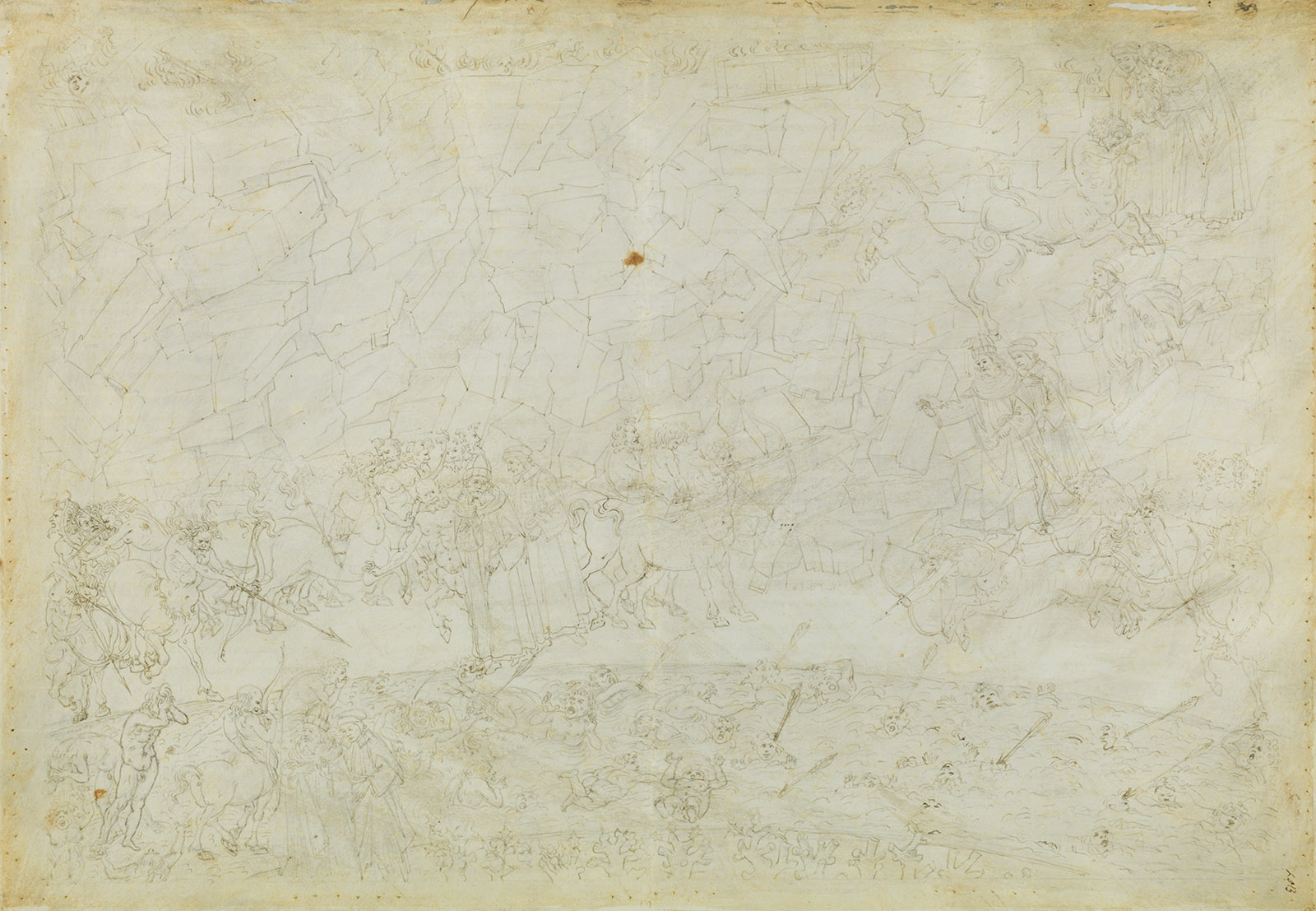
Sandro Botticelli (1445-1510). Illustration to ‘Inferno’ XII. 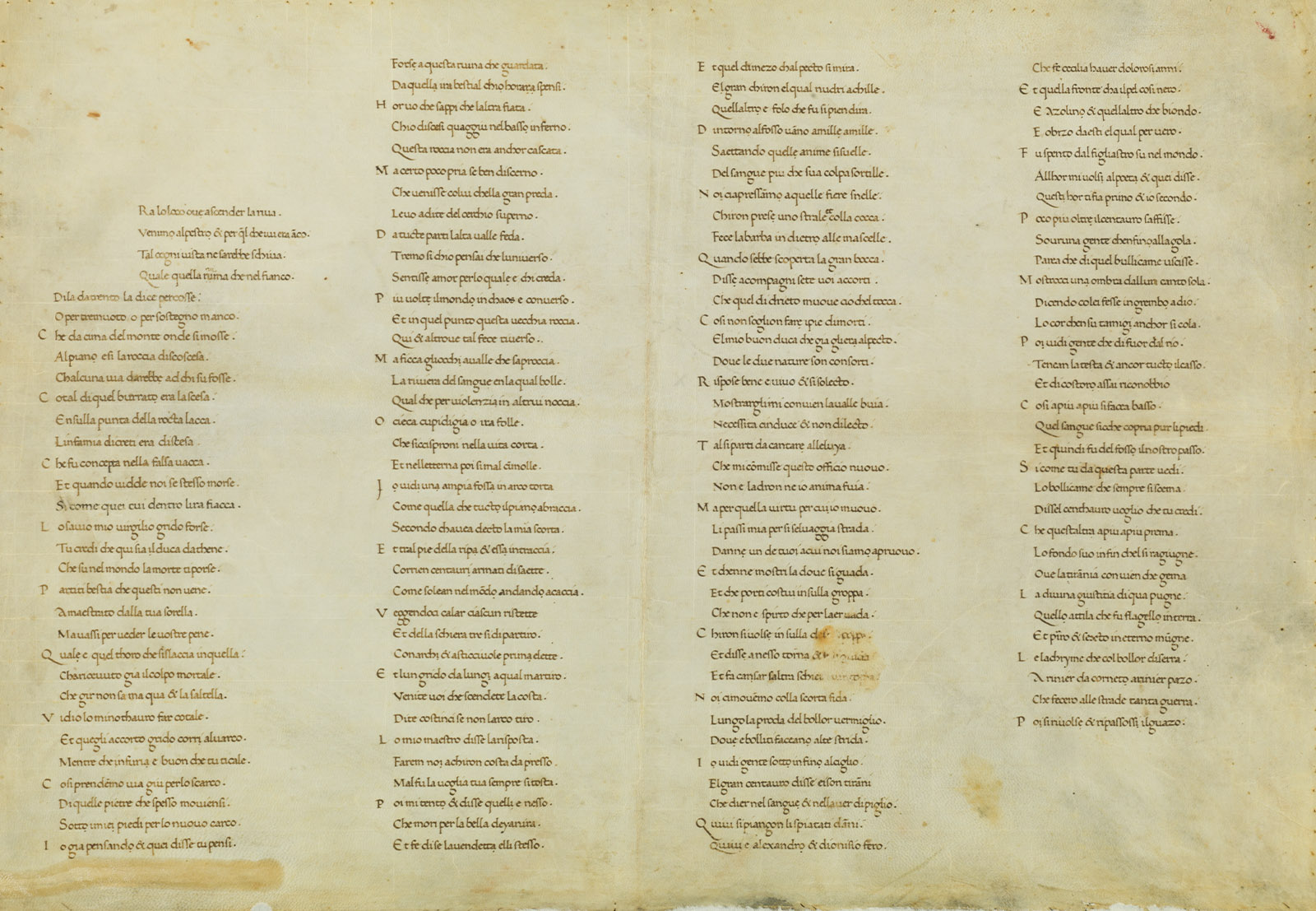
Text of ‘Inferno’ XI. Scribe: Niccolò Mangona. 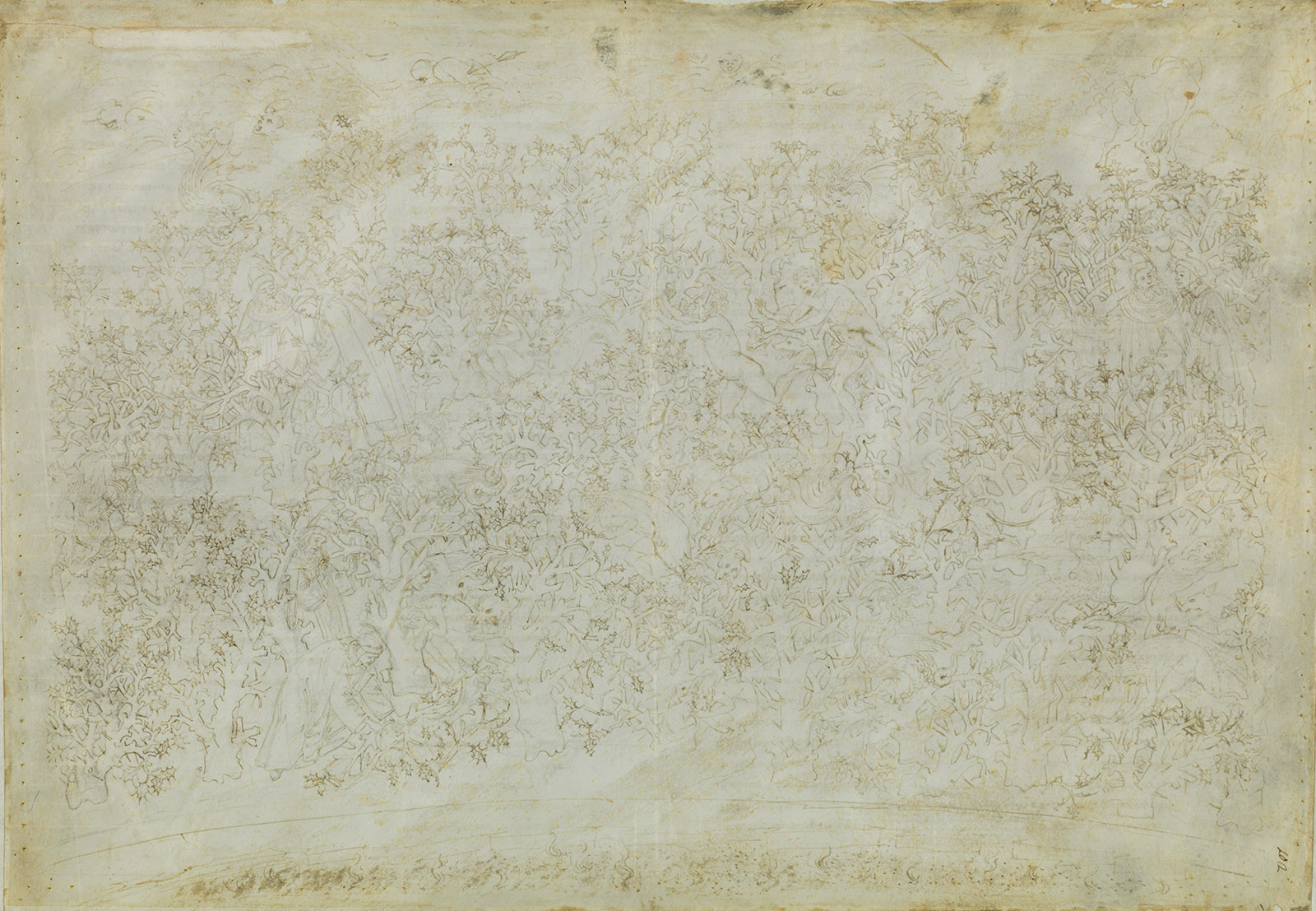
Sandro Botticelli (1445-1510). Illustration to ‘Inferno’ XIII. 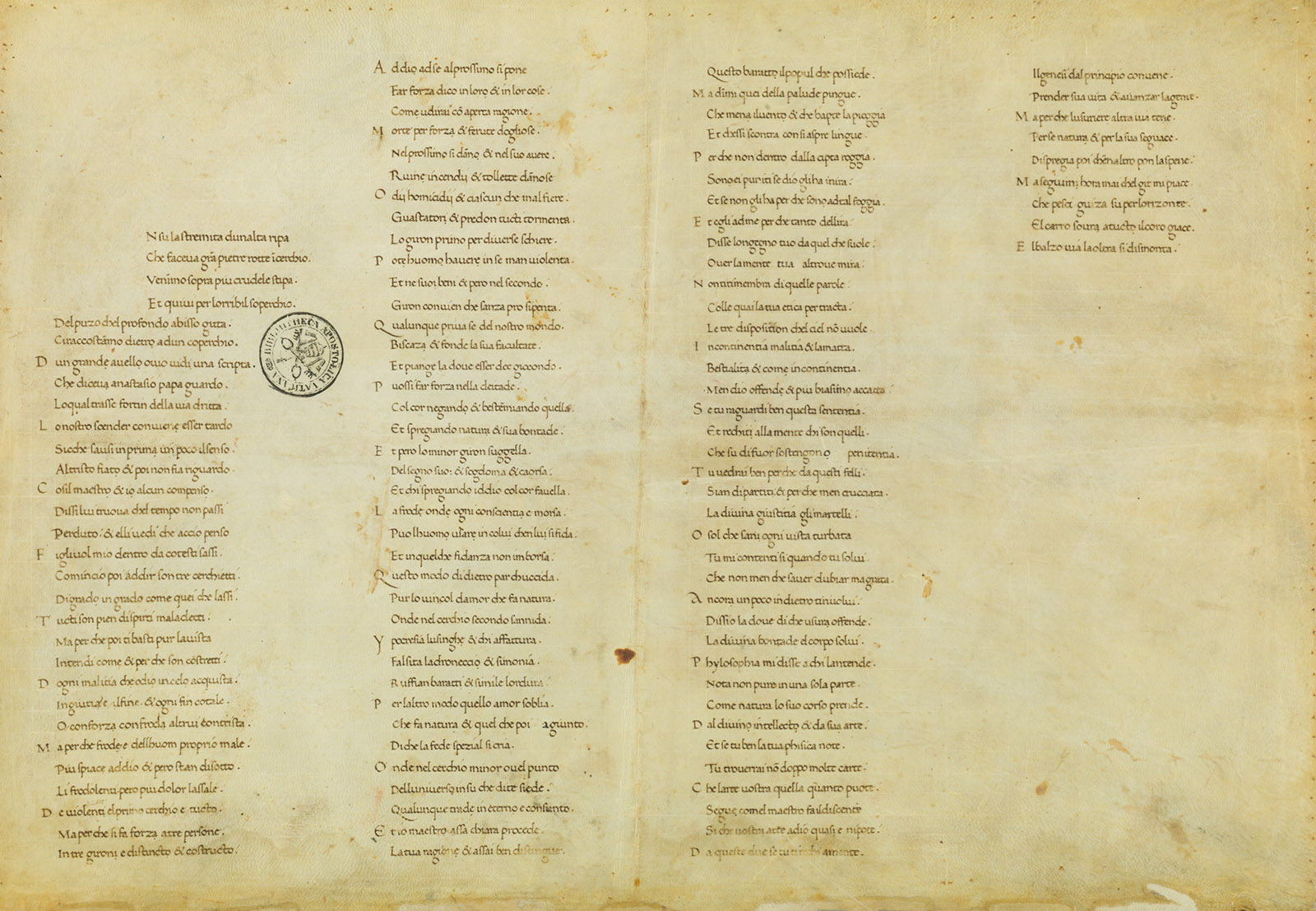
Text of ‘Inferno’ XII. Scribe: Niccolò Mangona. -
-
Manuscript books
The manuscript books displayed in the exhibition show how Dante’s The Divine Comedy has been an object of admiration and dissemination over the centuries, from the end of the Middle Ages, thanks to copies with commentaries by authors such as Iacopo della Lana and Giovanni Boccaccio, until the 18th century, and include a late-medieval manuscript which belonged to the intellectual and bibliophile Friar Manuel do Cenáculo.
Also part of the exhibition is a facsimile reproduction of the manuscript of The Divine Comedy known as Dante Urbinate. The illustrations from the original book, produced between the late 15th and 16th centuries, on high quality parchment, are regarded as an absolute masterpiece of the art of illumination and follow the medieval tradition in the relationship between text and image: the first occupies a prominent place in the folios, while the illuminations are at the edges, in the initials or in detailed framed scenes (miniatures).
All the manuscripts displayed in this exhibition follow this rule, with the exception of the two parchments that on one side show Botticelli’s drawings, freely composed and covering the whole page, and on the other side hold the text relating to the cantos, copied by Niccolò Mangona, suggesting that this set of drawings would have been part of a project for a unique and revolutionary manuscript book that, for reasons unknown, was never finished.
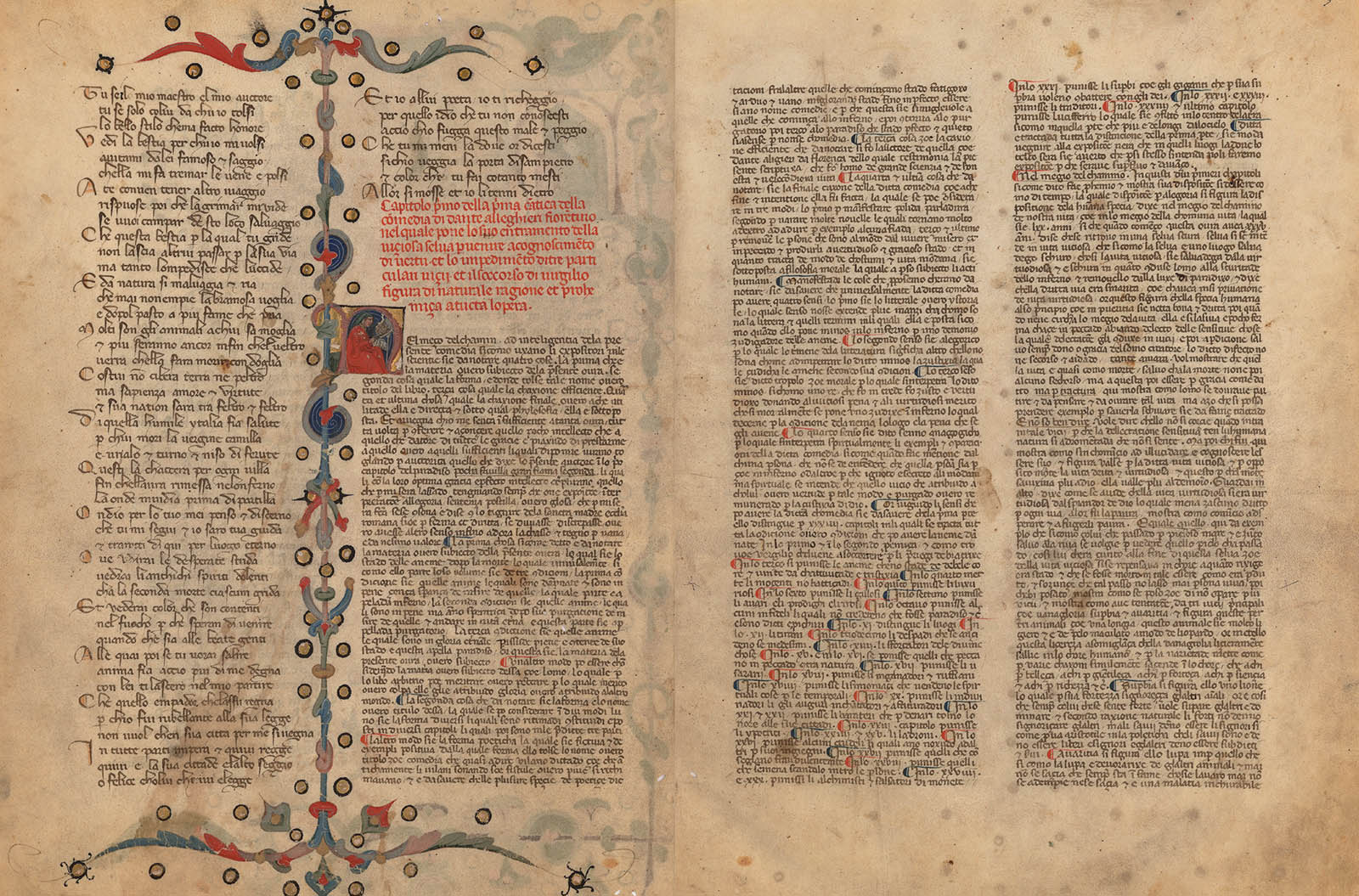
‘Divina Commedia, con commento di Iacopo Della Lana’. 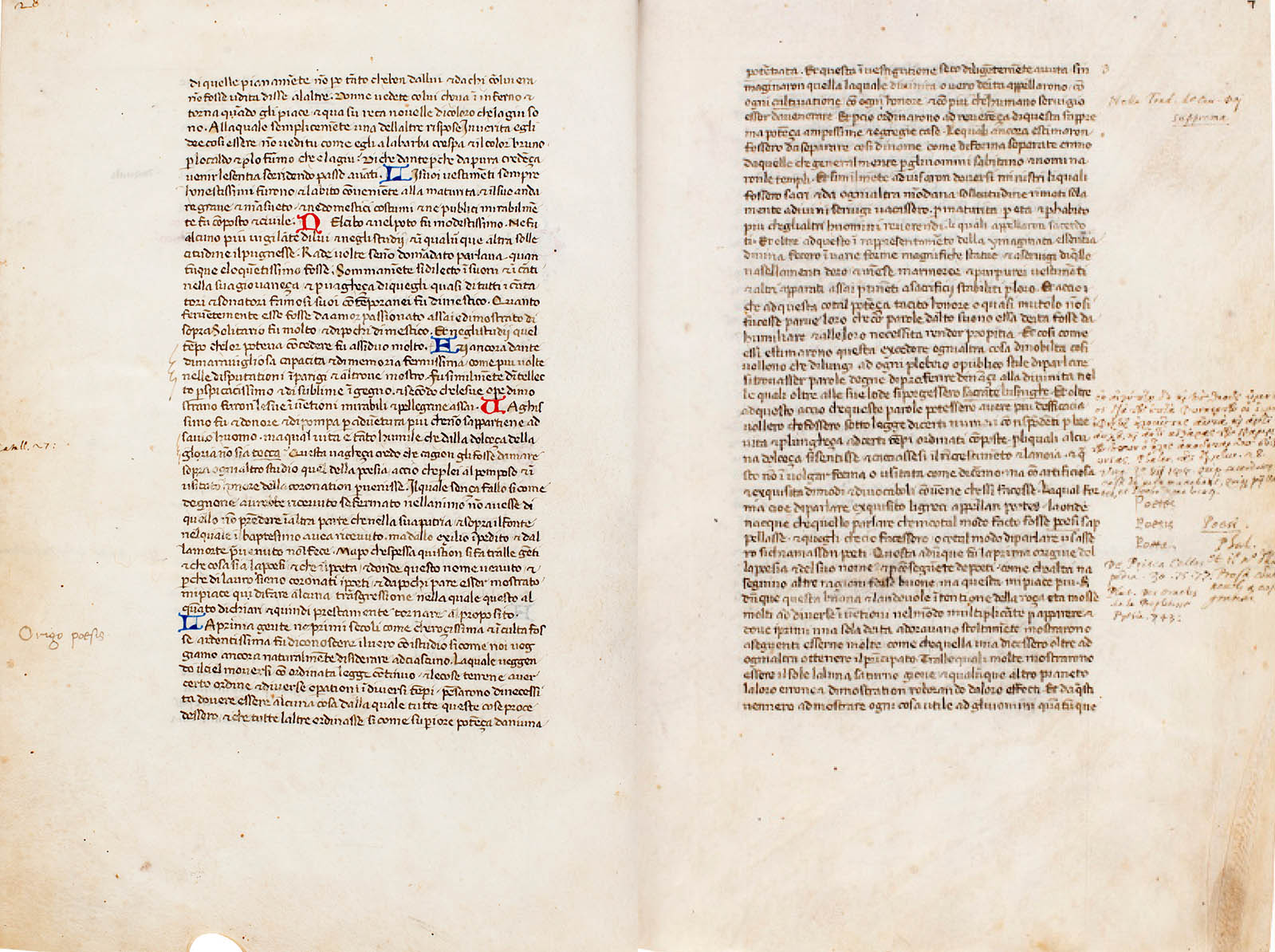
‘Dante del Boccaccio’. 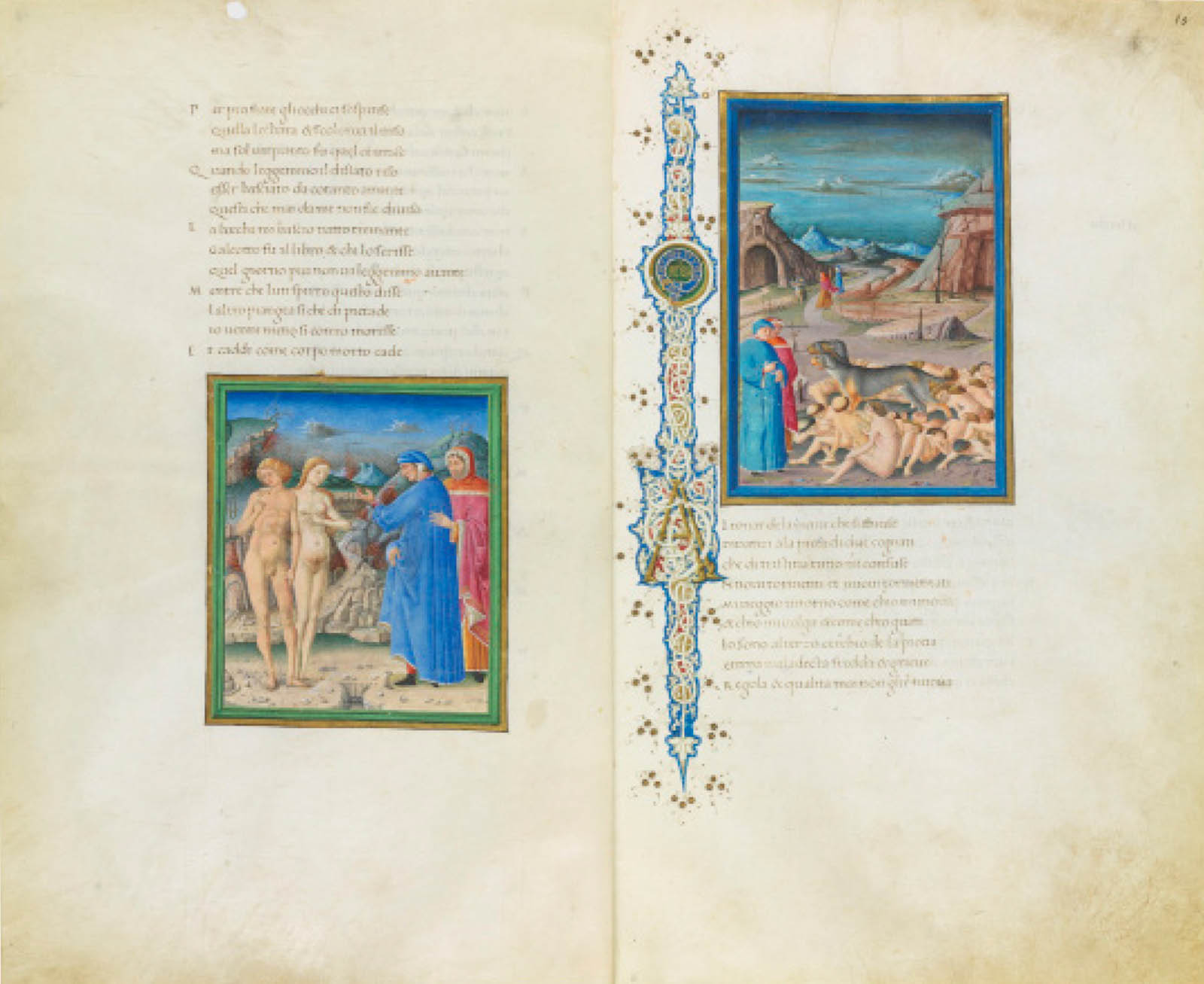
‘Dante Urbinate’ [fac-símile]. 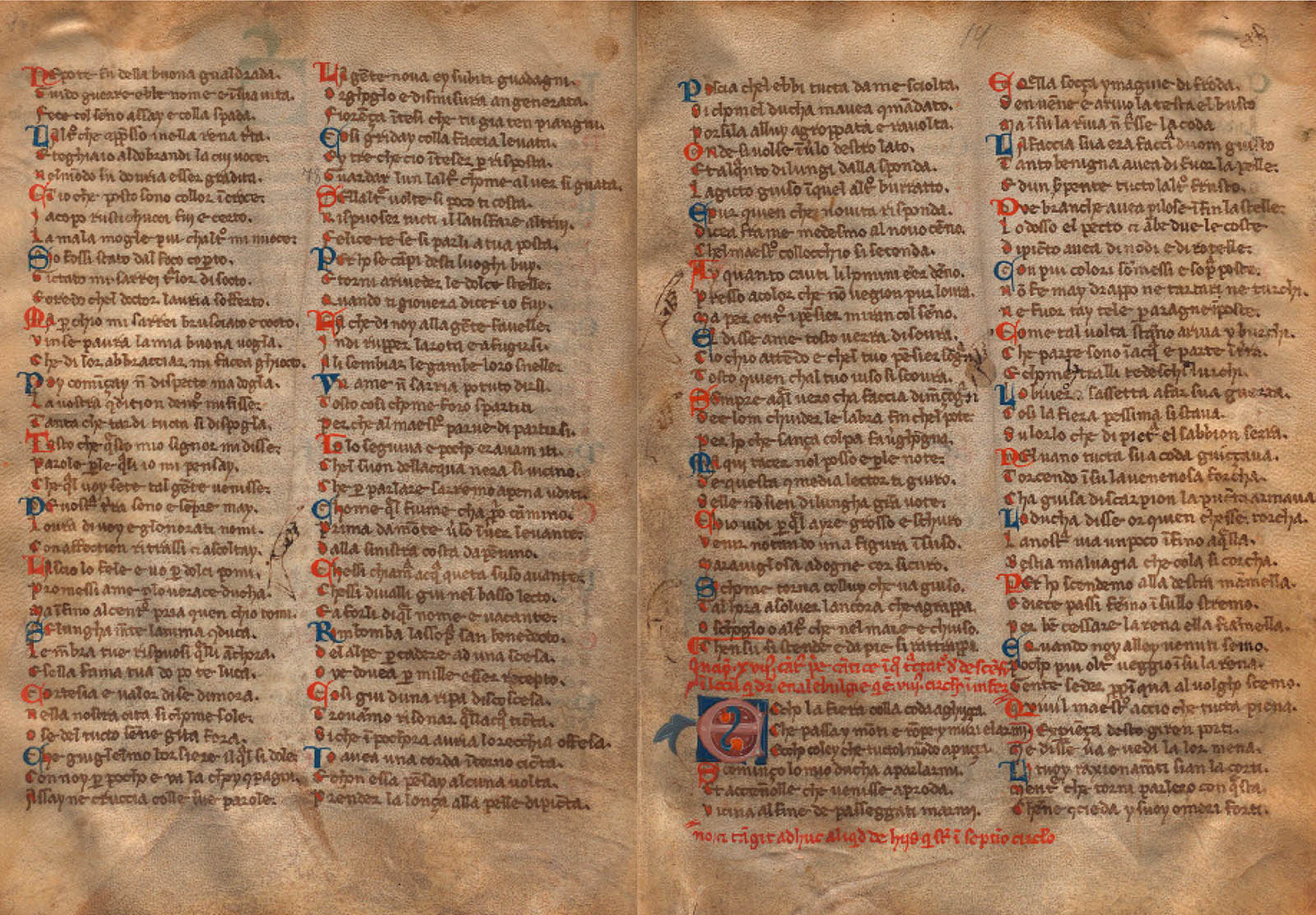
‘La Divina Commedia’. -
-
Printed books
The expansion and exploration of the potentials of the lead-based moveable type invented by Gutenberg (c.1400-1468) allowed for the production of printed books that, in terms of the text, no longer had to be copied by hand and which could be illustrated by means of engravings.
Dating to the late 15th and 16th centuries, the printed copies shown in this exhibition bear witness to this genuine revolution in the way books were produced, facilitating greater dissemination and accessibility to any literary work. They also reveal that the success of The Divine Comedy led to commentaries by authors who sought to interpret the work in light of the theories and issues of their time. This was the case with Cristoforo Landino, who was inspired by Neoplatonism to convey his vision of Dante’s poem. And Antonio Manetti, an architect and mathematician, was the author of the first topographic representation of the Inferno as described by Dante, seeking scientific confirmation of the facts related in the Bible, as was common among scholars from the Renaissance period on.
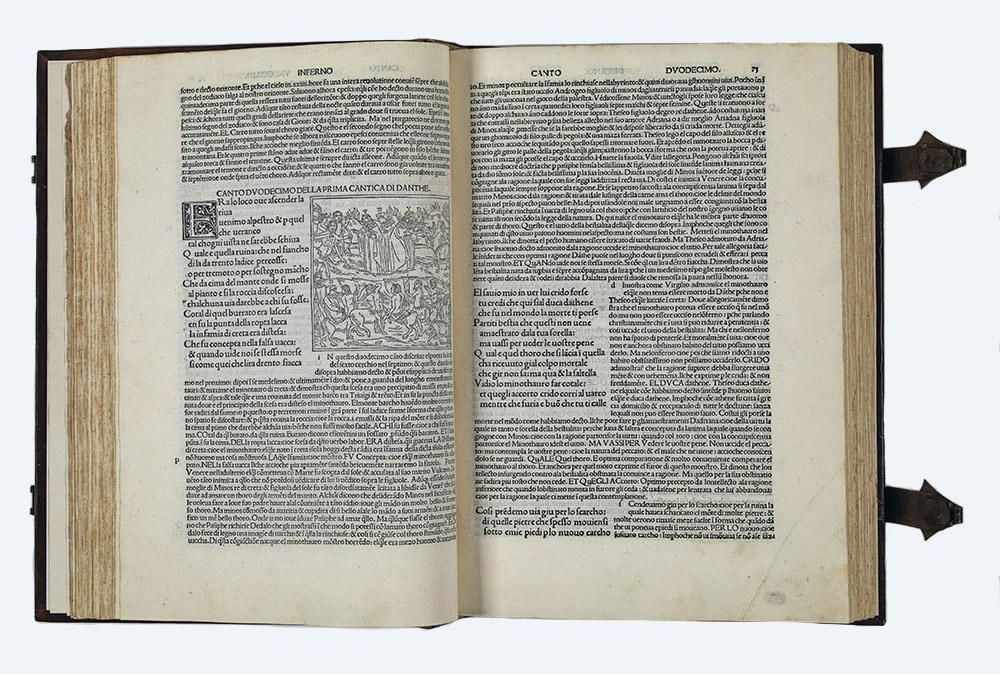
‘Comento di Christophoro Landino fiorentino sopra la Comedia di Danthe Alighieri poeta fiorentino’. 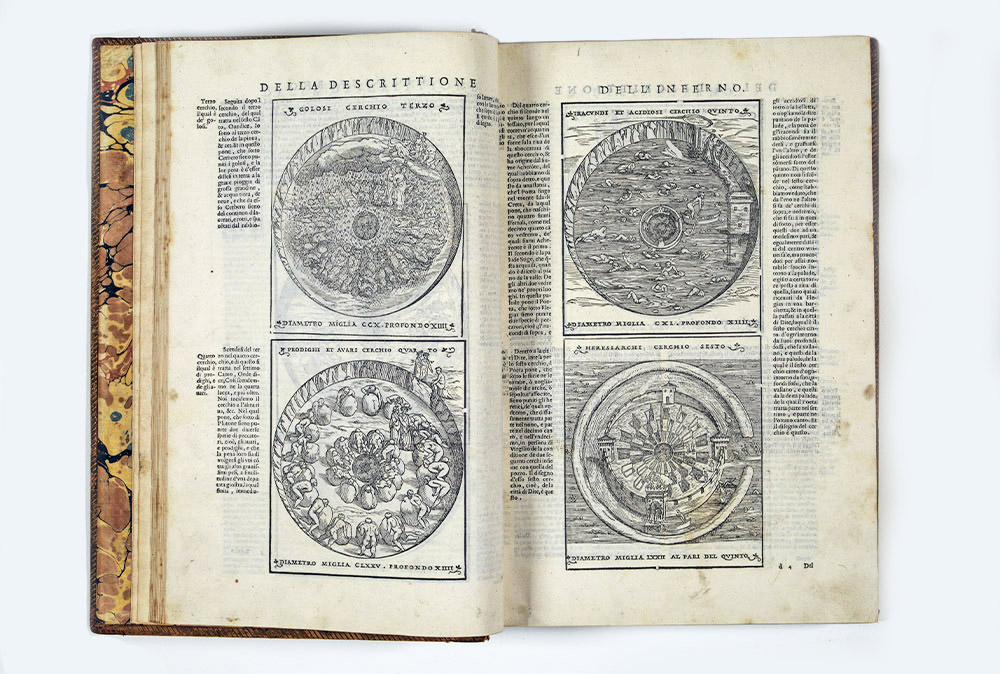
‘Dante con l'espositioni di Christoforo Landino, et d'Alessandro Vellvtello (...)’. 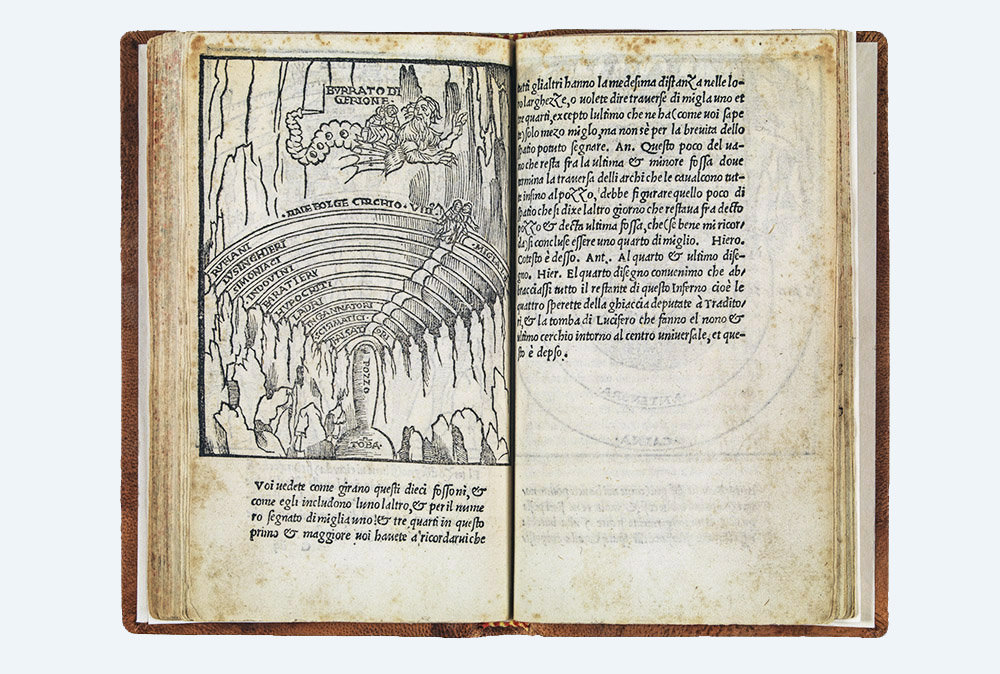
‘Dialogo di Antonio Manetti, cittadino Fiorentino circa il sito, forma & misure dello inferno di Dante Alighieri poeta excellentissimo’. -
-
Auguste Rodin and René Lalique
Auguste Rodin and René Lalique show their presence in this exhibition with two sculptural works from the Gulbenkian Museum Collection which, taking The Divine Comedy as a starting point, confirm the topicality of Dante’s work at the dawn of the 20th century.
Indeed, in Romanticism, which cast an eye back to the Middle Ages, Dante was a central figure, inspiring artists such as William Blake (1757-1827) and Eugène Delacroix (1798-1863). Others, such as Gustave Doré (1832-1883), offered a new approach to illustrating Dante’s poem, to the delight of the general public, or fell under the spell of the poet himself, not just his work, as was the case with the pre-Raphaelite Dante Gabriel Rossetti (1828-1882), who imagined in pictorial form Dante’s dream on the day of the death of his beloved Beatrice, in the oil painting from 1880 which belongs to Dundee Art Galleries and Museums Collection.
For artists like Rodin and Lalique, albeit in different areas of work, Dante’s poem was a means of trying out new ideas and not necessarily following the text of the Commedia to the letter.
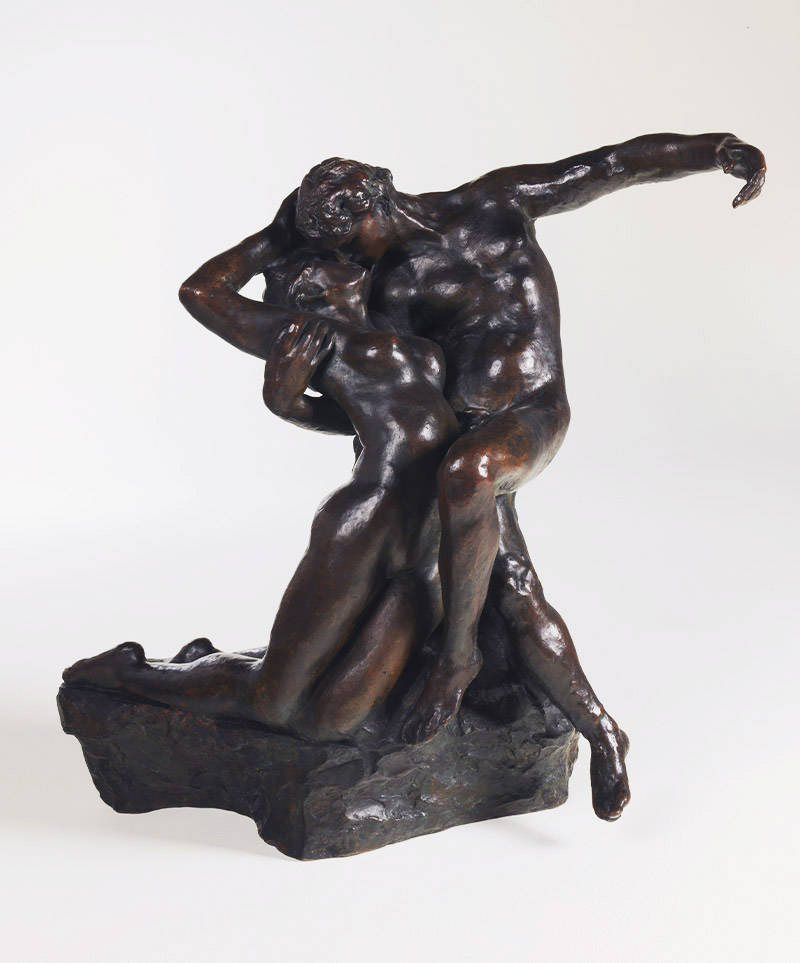
Auguste Rodin (1840-1917). ‘Eternal Spring or L’Eternel printemps’. 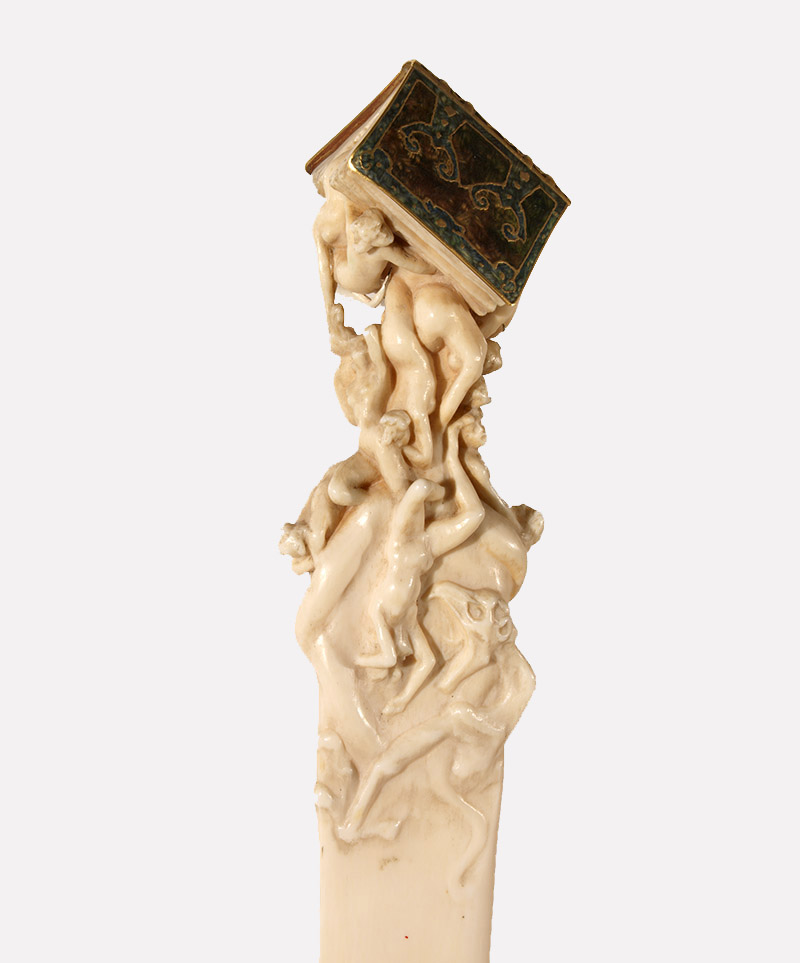
René Lalique (1860-1945). ‘Paper knife’. -
-
Rui Chafes
Rui Chafes explores Dante’s world through a group of drawings – from a series entitled Inferno (a minha fraqueza é muito forte) [my weakness is very strong] – and a sculpture, which are presented in this exhibition, based on Botticelli’s drawings to illustrate the Inferno, from The Divine Comedy, two of which are also on display.
For the artist, the drawings shown here are effectively a single drawing – the sculpture can also be regarded as being part of this drawing – always the same, condensing and reducing the references and citations it evokes, from literature and painting.
In each of the drawings on display, various periods and disciplines dissolve and merge in a complex play of references to artworks, philosophers, philosophical texts, writers and literary works.
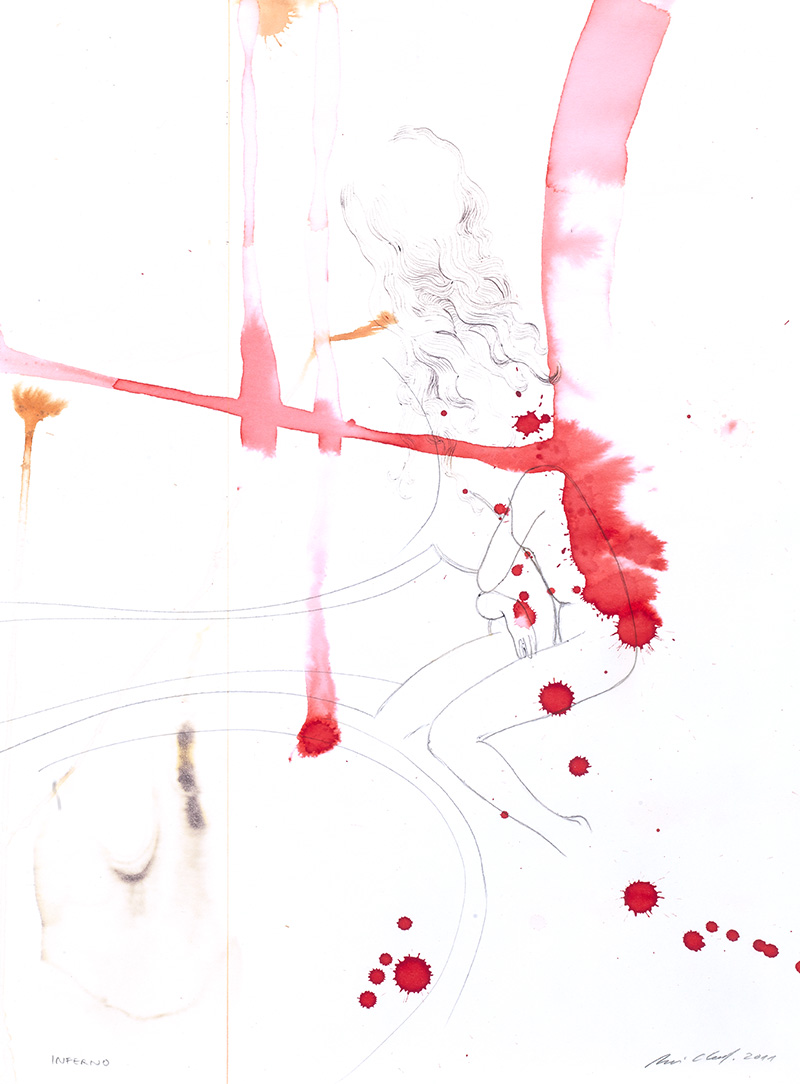
Rui Chafes (1966). ‘Inferno (a minha fraqueza é muito forte)’ [My weakness is very strong]. 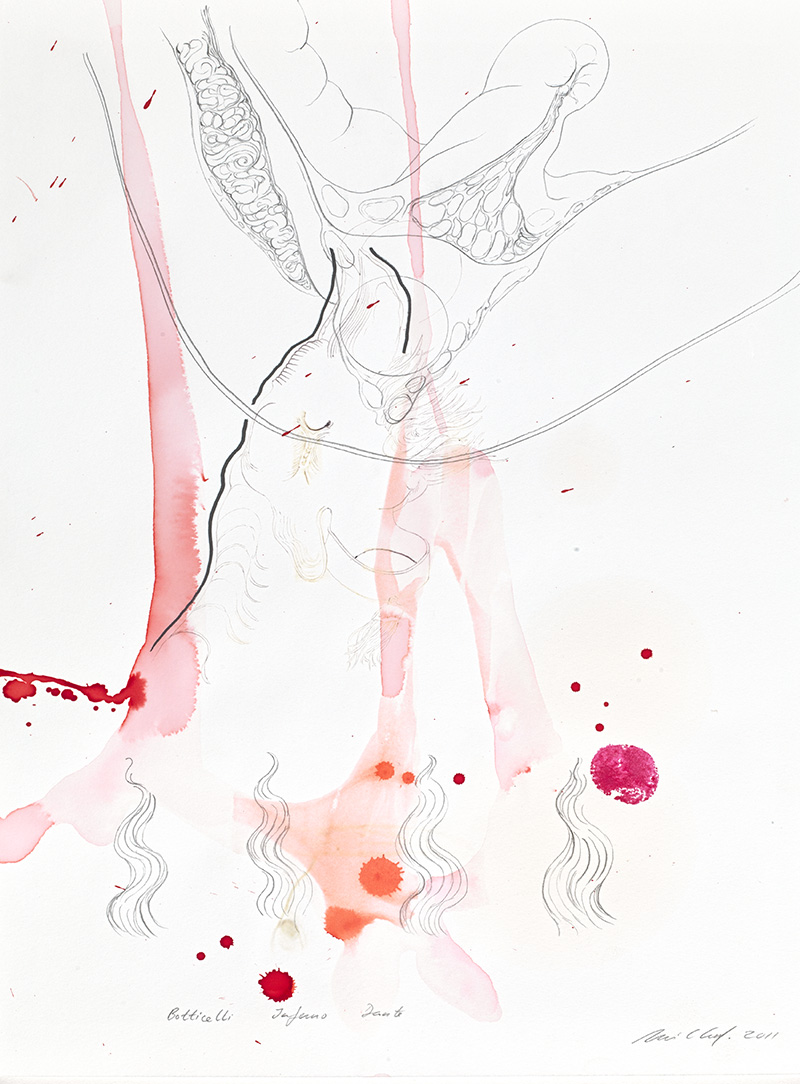
Rui Chafes (1966). ‘Inferno (a minha fraqueza é muito forte)’ [My weakness is very strong]. 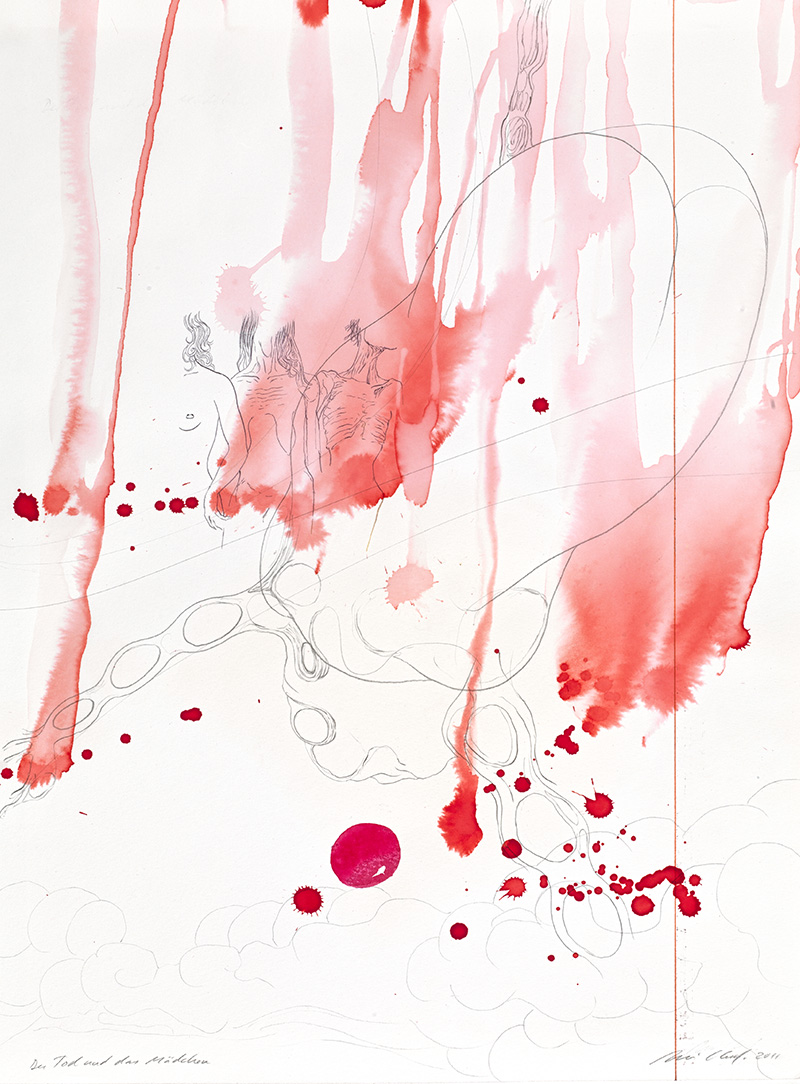
Rui Chafes (1966). ‘Inferno (a minha fraqueza é muito forte)’ [My weakness is very strong]. 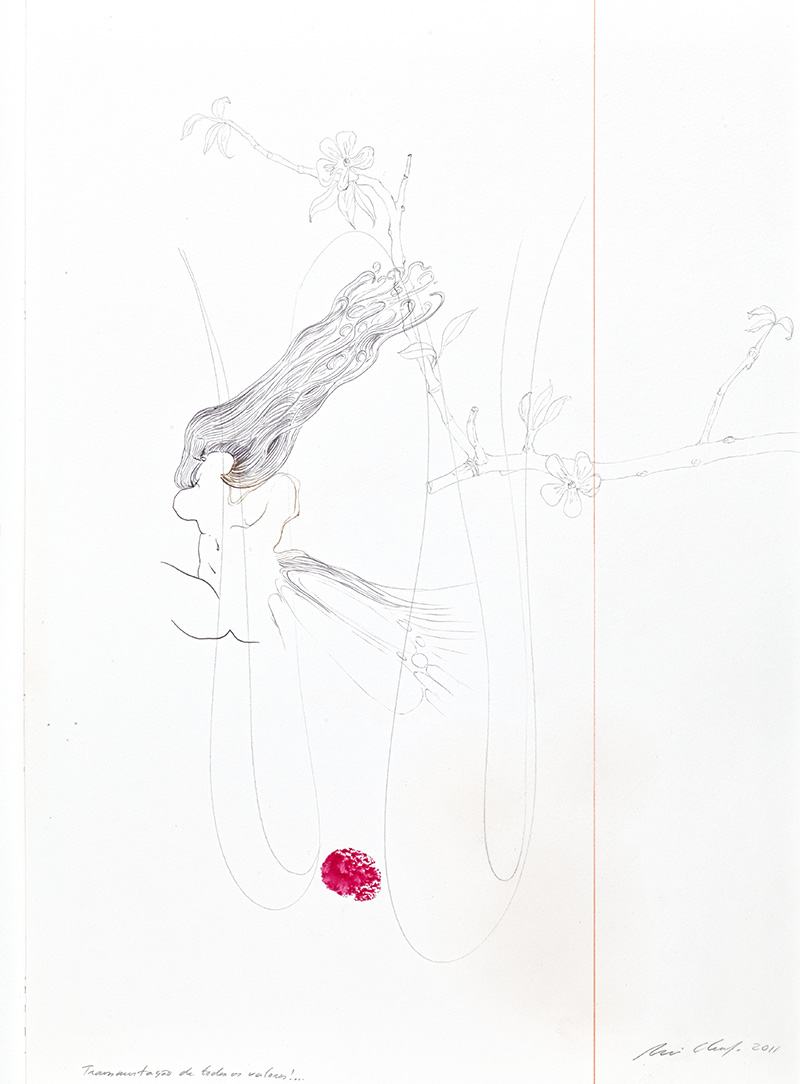
Rui Chafes (1966). ‘Inferno (a minha fraqueza é muito forte)’ [My weakness is very strong]. 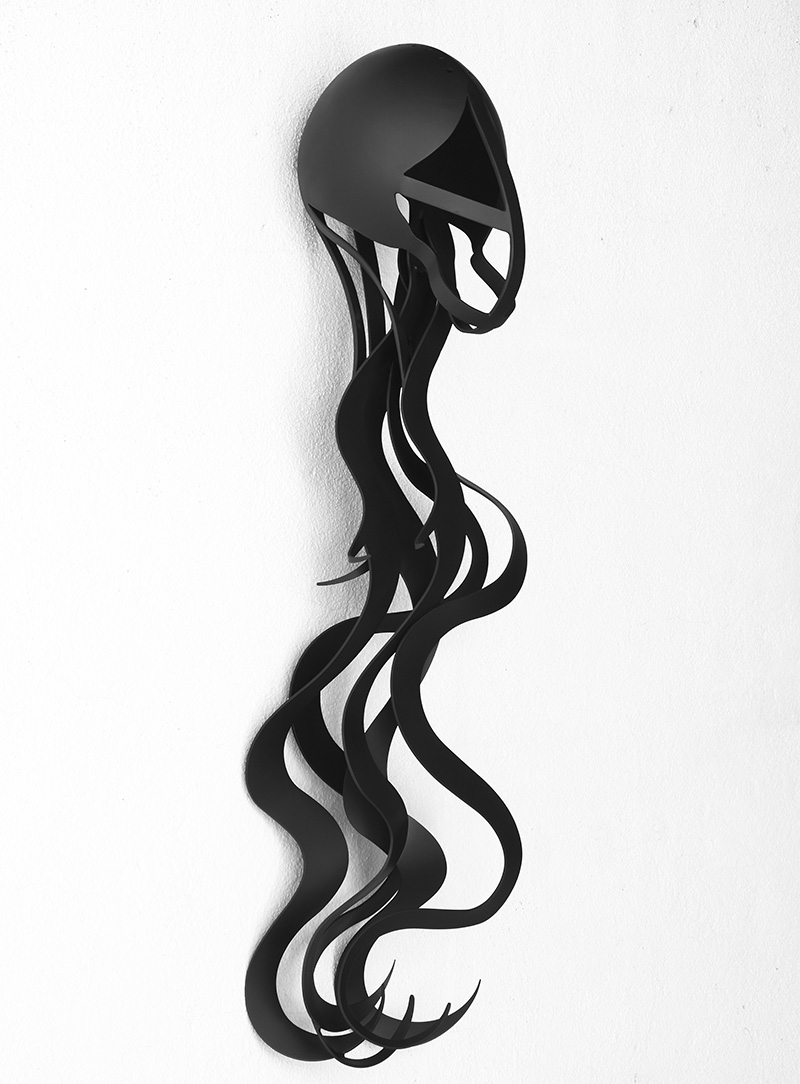
Rui Chafes (1966). ‘Inferno XXXIV’. -
Complementary Programs
Guided tour with the curator João Carvalho Dias
Friday, 1 October, 17:00
Friday, 26 November, 17:00
Guided tours
Wednesday, 6 and 27 October, 16:00
Saturday, 30 October e 27 November, 16:00
In Portuguese only
Booking guided tours
Guided tours in Portuguese, English or French
Booking
(+351) 217 823 800
[email protected]
More information
[email protected]
The construction of visions is within everyone’s purview – The Divine Comedy as pedagogy of the gaze
With Cardinal D. José Tolentino de Mendonça
Thursday, 23 September, 19:00 – Auditorium 2
Pedro Hispano
With José Meirinhos, Armando Norte and Henrique Leitão (moderation)
Thursday, 14 October, 19:30 – Room 2
Dante according to Botticelli (Canceled)
With Lucia Battaglia Ricci
Thursday, 28 October, 19:00 – Room 1
Dante and Ulysses. From myth to modernity
With António M. Feijó e Teresa Bartolomei
Tuesday 2 November, 19:00 – Auditorium 3
The Inferno according to Rui Chafes
With Rui Chafes, Joaquim Sapinho and Paulo Pires do Vale (moderation)
Wednesday, 3 November, 19:00 – Auditorium 2
Reading Dante
With Alberto Manguel
Wednesday, 24 November, 19:00 – Auditorium 2
Ensemble Micrologus
Wednesday, 10 November, 19:00 – Auditorium 2

